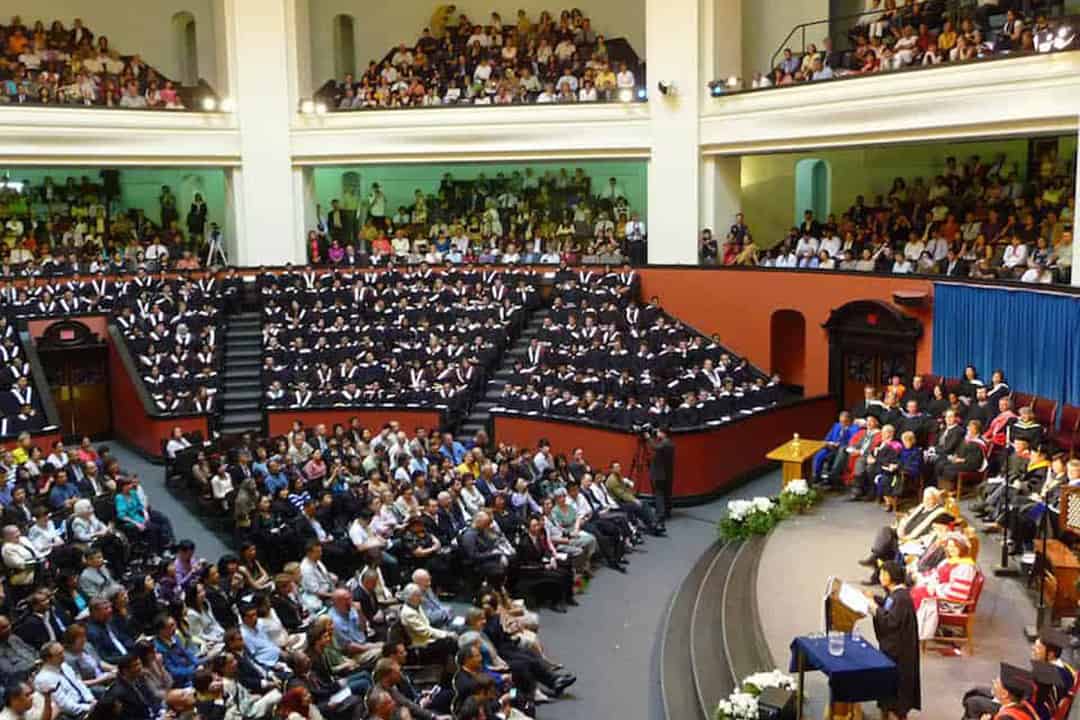A recent Statistics Canada study found that international master’s students are more likely to graduate from their program after two years, a slight increase over their domestic peers.
Of the international students who started their master’s programs in 2013, 65 per cent graduated after two years as opposed to 58 per cent of domestic master’s students.
The majority of master’s students who started their degrees in 2013 finished after four years, with 87 per cent of international students and 83 per cent of domestic students having completed their master’s in that period of time.
The disparity in graduation rates remains the same for doctoral students. In 2017, Statistics Canada found that 59 per cent of international students in doctoral programs graduated after six years compared to 48 per cent of domestic students.
Also, looking at enrolment data, the study found that the proportion of international students in master’s programs increased from one fifth of new students in 2011 to more than one fourth in 2016.
International students are a growing demographic at U of T, as international student tuition accounts for 30 per cent of the university’s revenue. International enrolment in master’s programs is growing faster than that of Canadian students. Enrolment rose by 51 per cent for international students compared with just 11 per cent for domestic students over a time span of five years.
Approximately 43,000 students entered U of T’s master’s programs in 2016, up from about 41,000 in 2015. Of those entering in 2016, 12,195 were international students, up from 11,151 in the previous year. In 2016, international students accounted for one quarter of master’s students.
The report offers several reasons for why international students, who often face different circumstances than domestic students, might graduate earlier than domestic students.
One suggestion is that international graduates may have finished other qualification or qualifying programs outside of Canada before beginning their degrees at Canadian universities.
International students may also face more pressure due to higher tuition fees, costs of living away from home, and the time limits on their student permits. During the 2019–2020 school year, international master’s students paid between $13,520 and $59,230, as opposed to their domestic counterparts, who paid between $2,700 and $46,270.
Another study from Statistics Canada indicated that domestic students are more likely to work on their master’s part time, splitting their time between school and work.
In an email to The Varsity, a Statistics Canada spokesperson wrote that international and domestic students may also be associated with different demographic groups, which may be associated with different graduation rates. However, Statistics Canada added that the overview didn’t include that kind of “detailed, data-driven analysis.”


